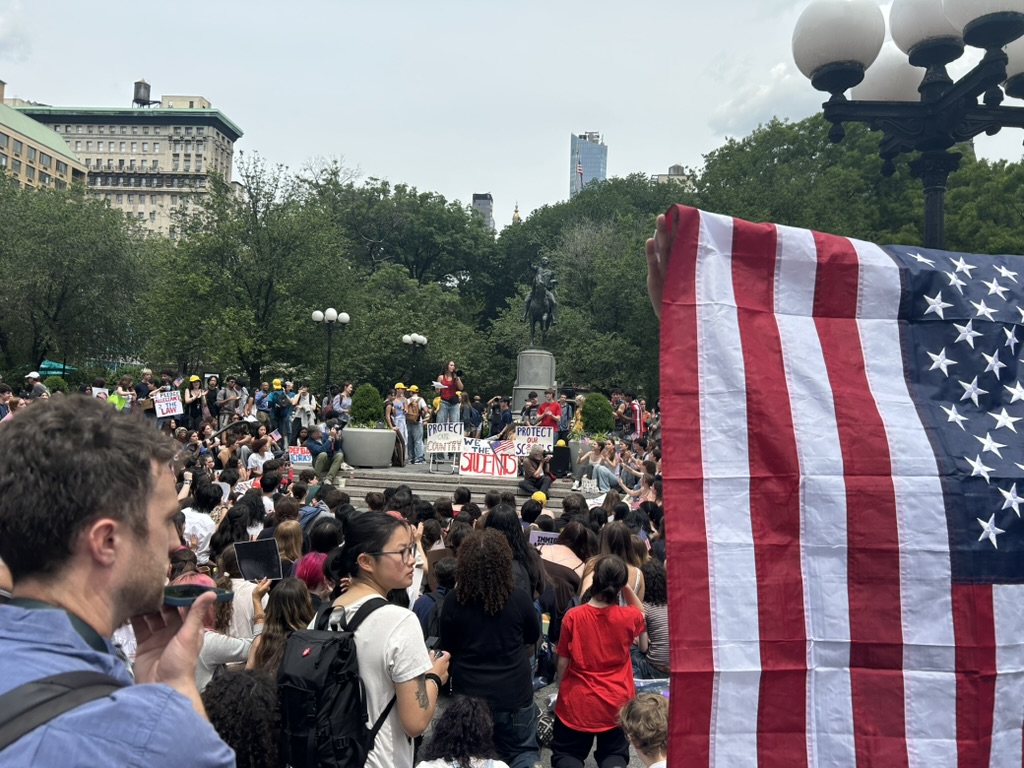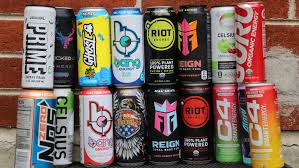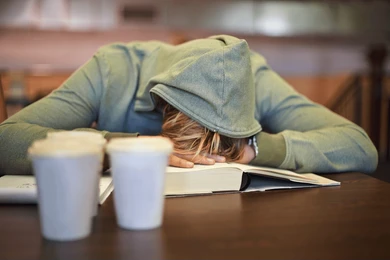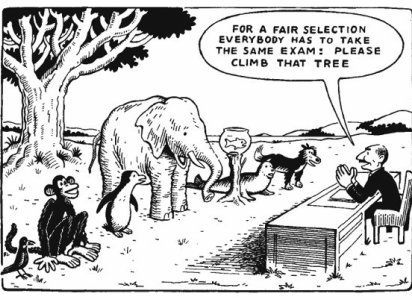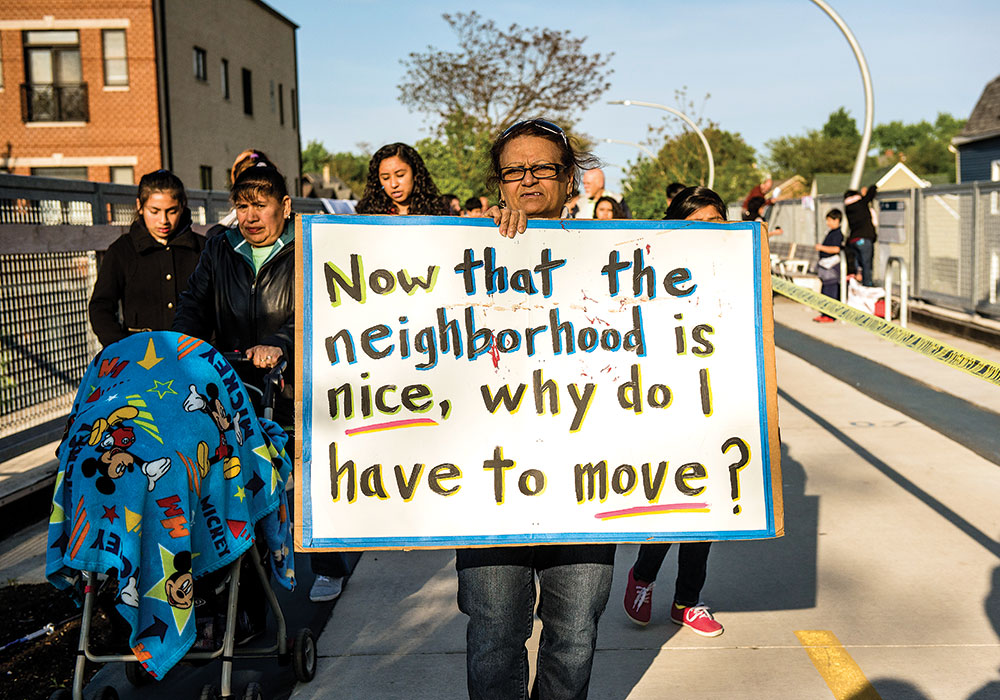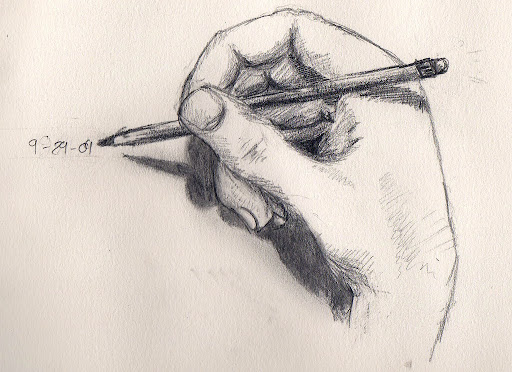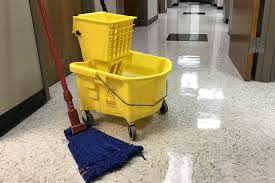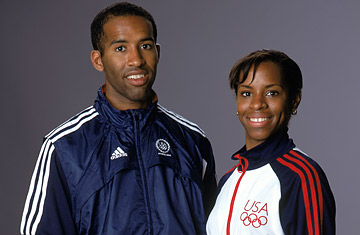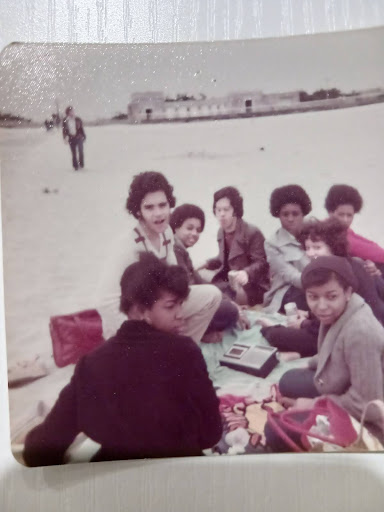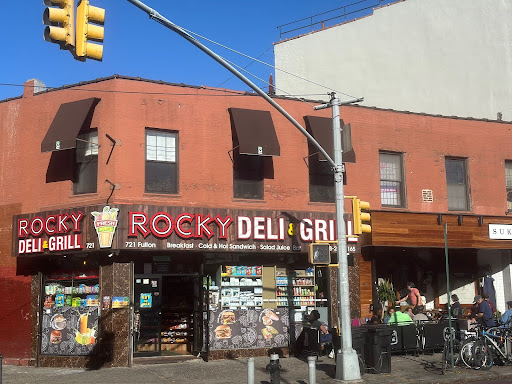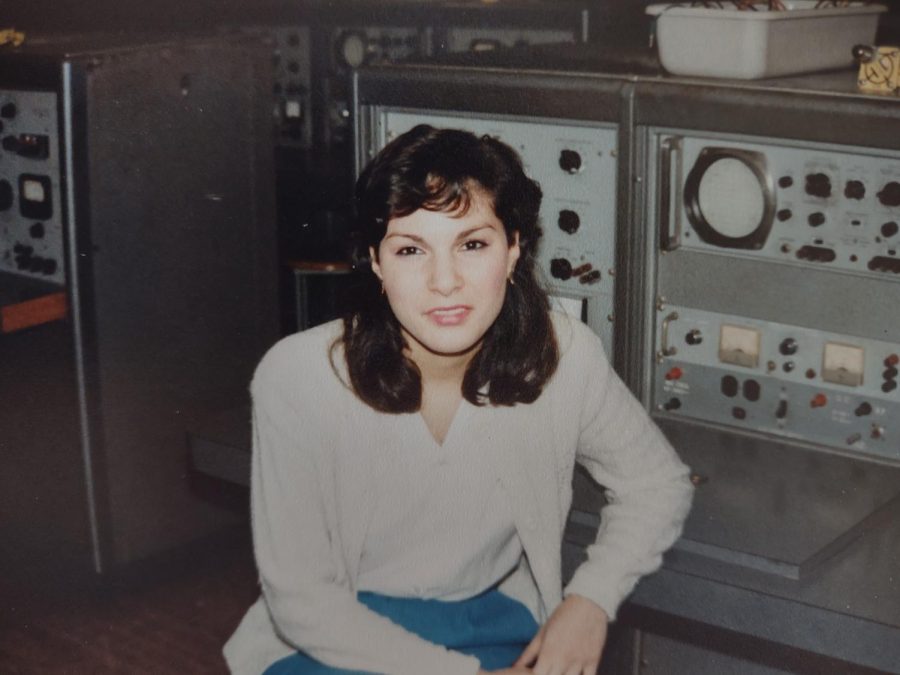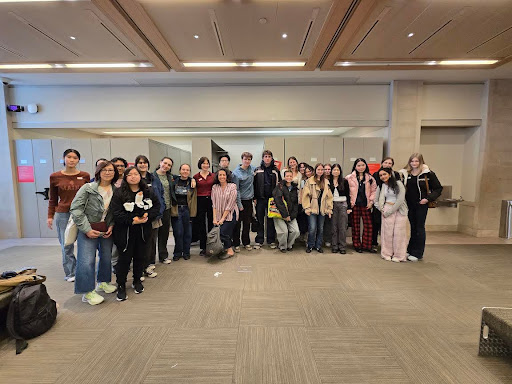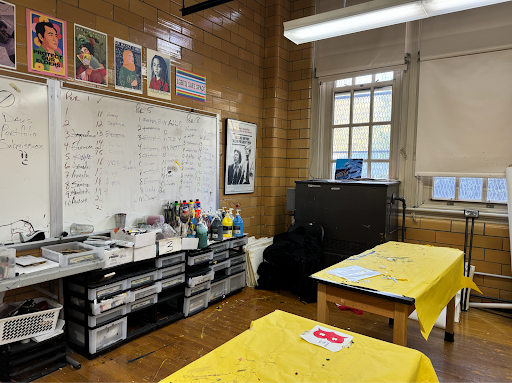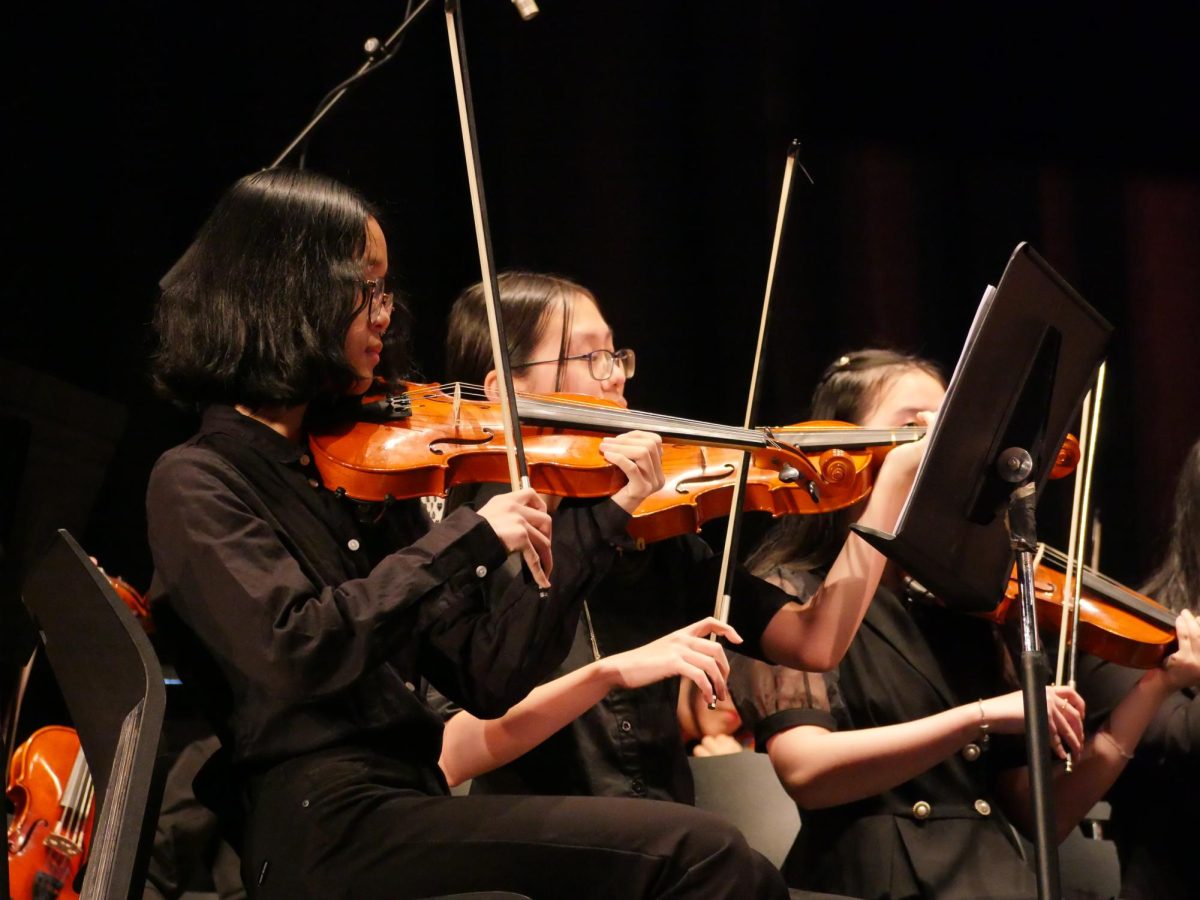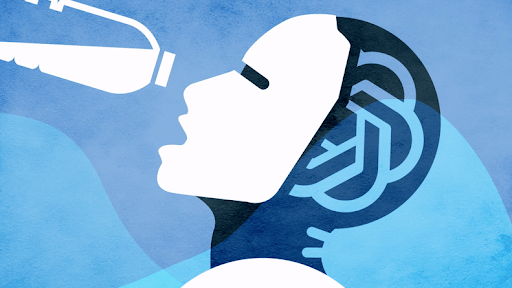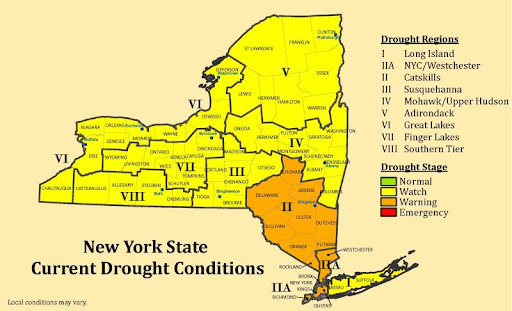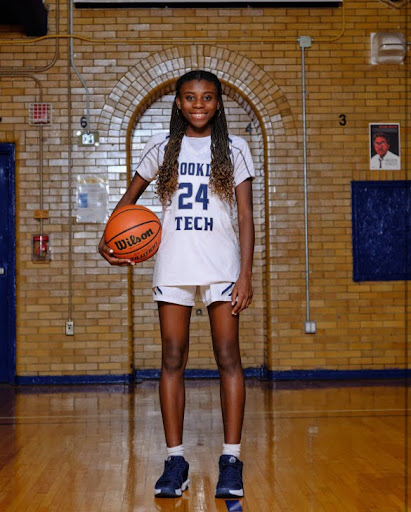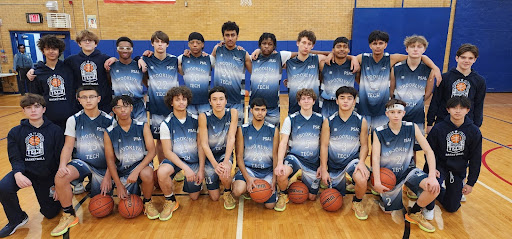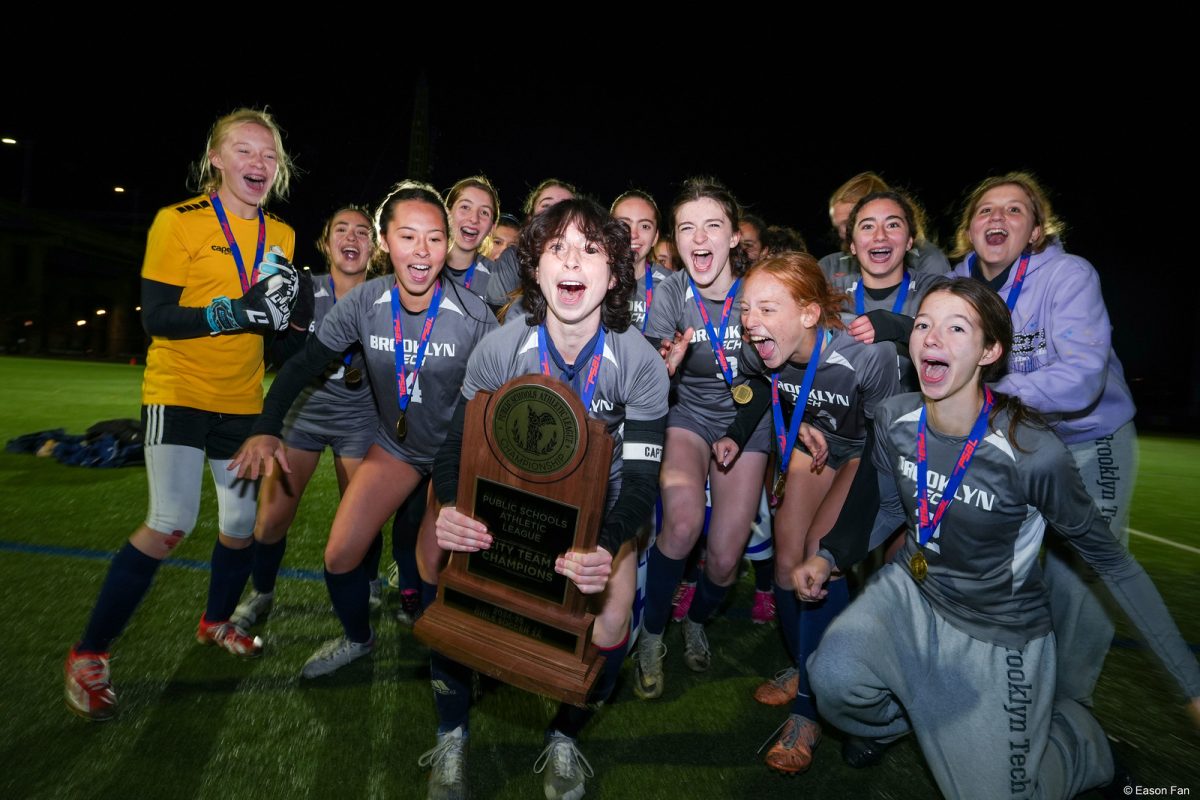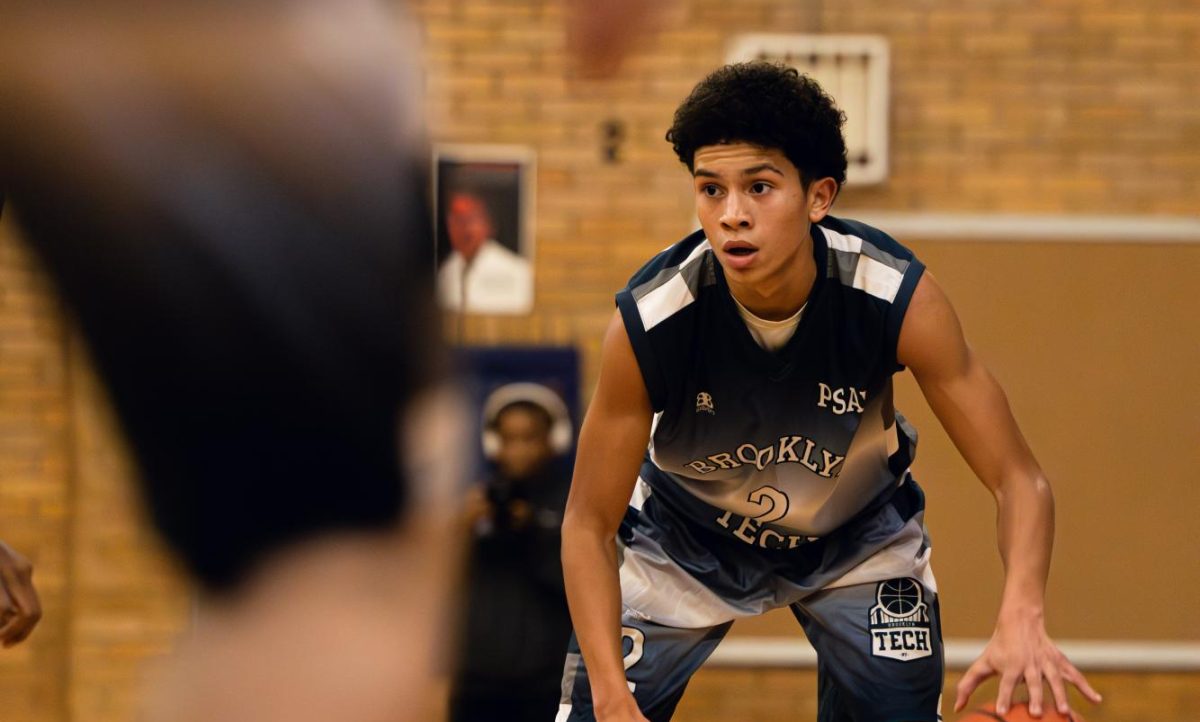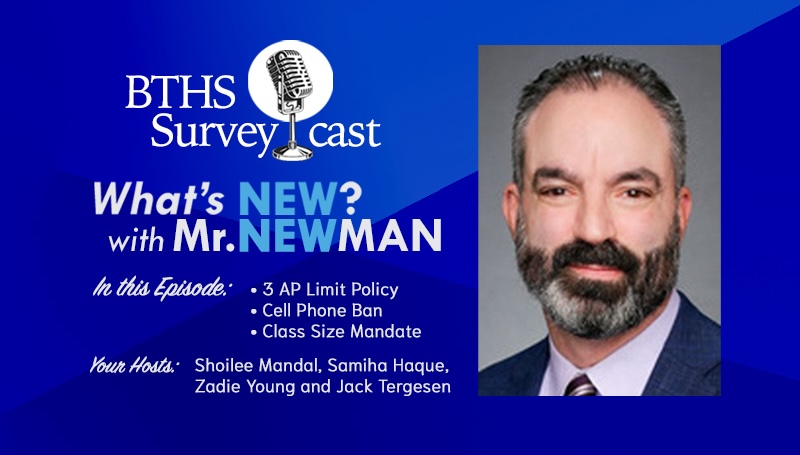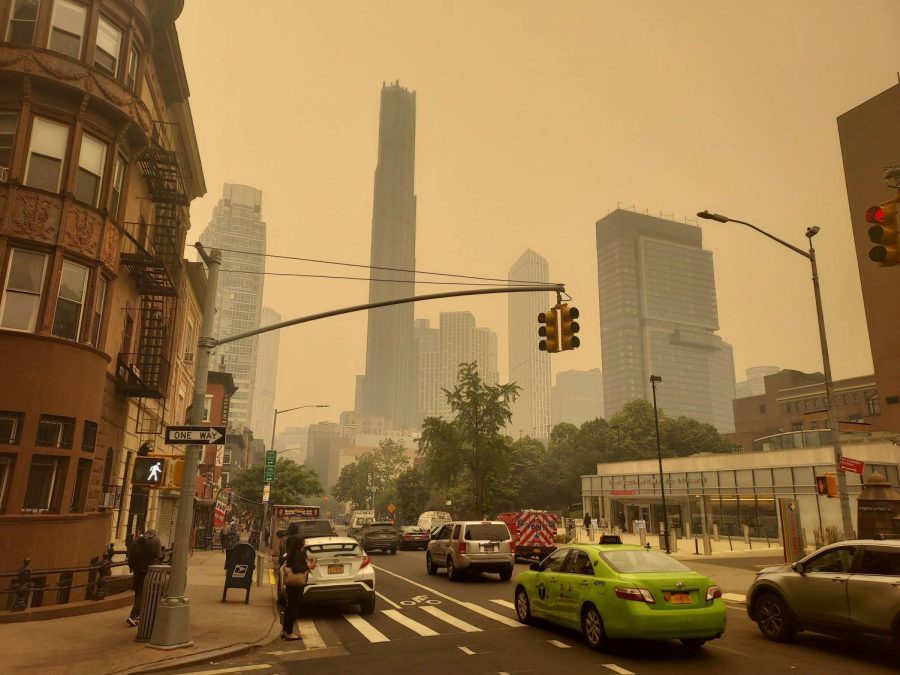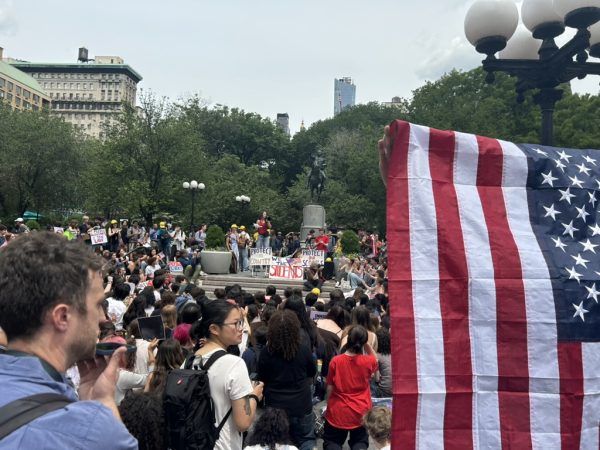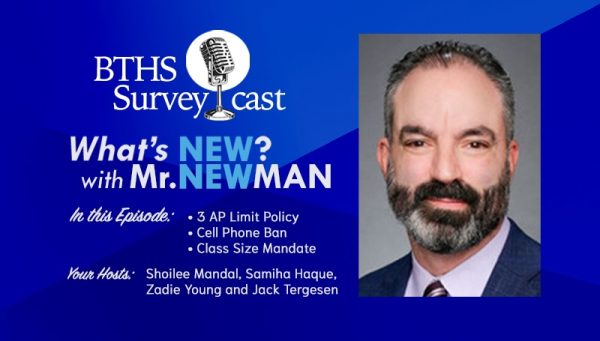Air Quality Raises Safety Concerns in NYC Schools
Starting on the evening of June 6th, the New York City skyline was painted orange for over 24 hours due to very poor air quality caused by smoke from an unprecedented outbreak of over 400 active wildfires in Canadian forests, over 200 of which are out of control, due to dry and extremely warm weather conditions. The smoke from these wildfires has traveled south into the northeastern United States, including the Tri-State area, and is predicted to spread to other parts of the country.
Brooklyn Tech students witnessed the sky in varying shades of yellow and orange as they peered outside school windows on Wednesday, and there was also a marked odor of smoke in classrooms and hallways, particularly on the first floor, where many entered and exited the building. Many students immediately took to social media, posting images, videos, and jokes about the tinted view, such as comparing it to scenes from Blade Runner and blaming Canada for the “apocalypse.”
Around noon on Thursday, June 8th, the New York City Department of Education tweeted that June 9th would be a remote instruction day, giving students flashbacks to the start of the COVID-19 pandemic and online classes. The most recent remote learning day, which was asynchronous, was on November 2nd, 2022, for Election Day. Principal David Newman sent out emails to faculty and students soon after, notifying them of the synchronous instruction as well as the postponement of final exams and the Spring Band Concert scheduled for Friday. The concert has since been moved to Monday, June 12th.
At 8:20 PM on Tuesday, June 6th, Colin McCarthy, a current student at the University of California, Davis and weather researcher, tweeted: “New York City now has the worst air quality of any city on Earth. If exposed to the current air quality in NYC for 24 hours, it would be equivalent to smoking about 6 [sic] cigarettes.” Many students initially noticed the poor air quality when leaving school after the Spring Orchestra Concert on Tuesday night.
Kesar Singh (’24) explained, “On Tuesday, no one was really talking about it, like only a couple of teachers really mentioned the air situation…On Wednesday, definitely more people were talking about it, especially in 8th and 9th period, when it was bright orange in the windows. It was really strange and the hallways smelled like smoke, so it didn’t feel the most safe to really be smelling or breathing in the air.”
While some private and charter schools closed their doors for the day due to the air quality, public schools remained open on June 7th, although outdoor activities were canceled for students. There was a steady intensification of poor air quality throughout the school day, which prompted quick action by Tech’s administration. Principal David Newman said, “It was a bit scary to see the sky go from orange to various different colors and whatnot…I think it would have been maybe a little bit safer if we had not had school.”
William Weaver (’23) noted that the air quality was interfering with daily life at Tech on Wednesday. “Everyone wanted to take pictures…People just seemed surprised, I guess. It doesn’t normally happen that the sky goes a different color.”
Students were able to pick up face masks from the nurse’s office and the center of the cafeteria throughout the day. Students who had extra masks with them also handed them over to any classmates who needed them, and security guards at the doors to the exits of the school also prepared to give masks to students as they left the building. Some students shared that their teachers expressed concern for student’s safety, and many of them also handed out masks to students.
Singh commented on the situation, “It does feel very reminiscent of how things were during the pandemic, especially when people were all wearing masks.”
At about 2:00 PM, students were notified that PE classes would not be proceeding regularly for 9th and 10th period classes, as per Principal Newman’s decision, so students would not have to change in locker rooms. At 2:25 PM, an announcement was made for school faculty members to close all of the windows in their vicinity, especially in classrooms, in order to limit the amount of hazardous air that entered the building. At 3:08 PM, a final announcement was made notifying members of the school building that all afterschool activities were canceled, with the assumption that this would include the makeup MAPS exams.
Singh expressed that they felt the timing of the administration’s actions could have been more prompt. “It’s not like people didn’t really know about it or they couldn’t clearly see what was going on. [The administration] could have sent something before that to make people feel more at ease.”
Many students had to commute home through the polluted air, raising concerns for safety. At 5:00 PM on Wednesday, the air quality index (AQI) in New York City reached 484, with anything greater than 300 being considered hazardous and 500 being the maximum on the AQI scale, breaking records for air quality in the city. Healthy AQI levels generally fall below 50, so New York City’s air quality conditions easily became the worst of any big city globally.
“It wasn’t great,” said Weaver, who endured a thirty-minute walk home in the smog. “My eyes started burning by the end.”
Children, the elderly, pregnant individuals, and those with pre-existing respiratory conditions, such as asthma or lung disease, were immediately recommended to stay indoors while the air remained dangerous. Poor air quality has been proven to be especially hazardous for these groups of people, as well as those already living in neighborhoods that make them especially vulnerable to industrial pollution.
At 6:45 PM on Wednesday, the NYC DOE tweeted that Thursday, June 8th would be a remote work day for staff members instead of an in-person professional development day due to the unsafe air quality conditions. Students were already scheduled not to have school on Thursday, but Brooklyn Tech seniors were planning to pick up their senior packages, including yearbooks, in the afternoon, as well as participate in the tradition of Senior Breakfast in the morning. However, due to the smog, at about 7:00 PM on Wednesday, an email was sent out informing the seniors that the Senior Breakfast was canceled and their food would be donated to a homeless shelter, while senior package distribution was rescheduled to Monday, June 12th.
“It’s a shame,” said Weaver about the cancellation of the Senior Breakfast. “I would’ve preferred for them to not cancel the Senior Breakfast. [The air quality] didn’t seem that bad earlier today.”
However, he was less upset about the postponement of senior package distribution to a school day. “I think [senior package distribution] should be before the last day of [classes] because even if there is a senior breakfast, not everyone is gonna be there. And if you’ve got junior friends, you’re gonna want them to sign it.”
The haze led to many other disruptions in the city, such as causing the Federal Aviation Administration to issue a ground stop at northeastern airports for up to two hours, preventing any new flights from taking off, as well as delaying flights for up to one hour due to low visibility. The air pollution levels on Wednesday were higher than San Francisco’s worst daily averages from nearby wildfires, and the highest in New York since recording first began in 1999.
The commissioner for the city Office of Emergency Management (OEM), Zach Iscol, predicted on Wednesday, “We expect this to be a multiple-day event,” although by Thursday morning, the AQI had already dropped back down to around 200, and by Friday morning, it decreased to the moderate 60s.
Particulate matter, or PM2.5, is the primary pollutant in this event. These particles are small enough to enter the bloodstream and are a result of wildfires. The severity of this event shows the immediate relevance of environmental issues and climate change, which worsened the outcome of the Canadian wildfires. Newman commented, “It’s also interesting to see how the environment affects our lives. On some level, there’s nothing we could do about this, and we’re held captive by what happens and how the wind blows.”
The situation also highlights the importance of communication, especially with technology, during serious circumstances within the school community. Newman said, “Communication is key. People should be checking their emails regularly…Emergency things come about sometimes. We need to contact you for various reasons and sometimes our only form of communication, the best form of communication, is email. ”
During poor air quality situations, it is important to stay indoors when possible but wear a mask if you are going outdoors. Using air purification devices is also recommended where possible, as well as staying up to date with any alerts.

Sonam Thukral (she/her) is a Co-Editor of Hard News. Sonam is interested in journalism because she finds...
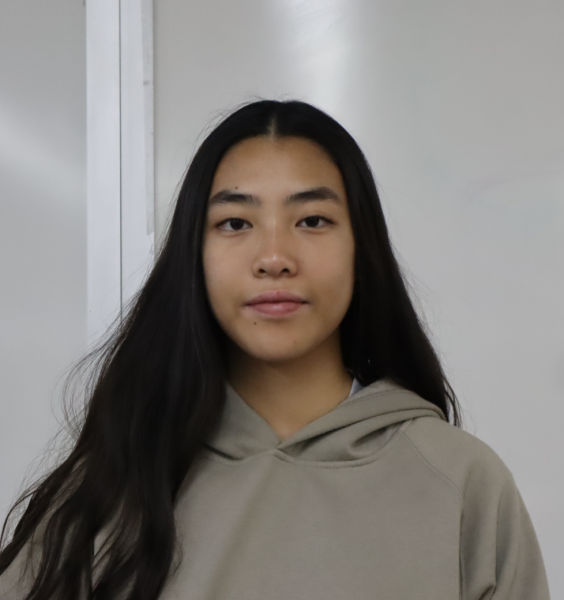
Rachel Mak (she/her) is a Co-Editor of STEM and a Layout Editor. With her position on The Survey, Rachel...

